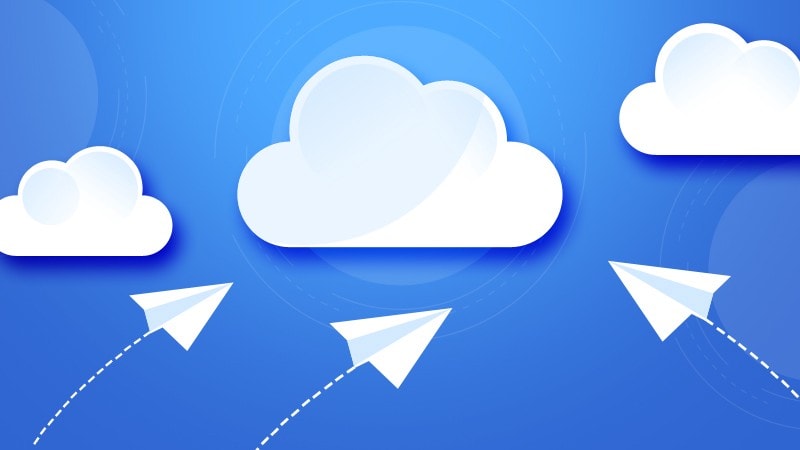The Cloud is a system that is commonly misunderstood, but, when regarded as a useful business tool, it can revolutionize.
What exactly is the Cloud?
The Cloud is a network of remote servers which are linked together. The interconnected servers run applications, provide productivity software and store data, amongst many other functions. Taking data storage as an example, you could be storing or accessing this data from any internet-accessible device, rather than just your own personal computer.
Microsoft Azure, the US tech giant’s network of cloud services, is a popular choice. Information on Microsoft payment plans and recommendations are available at www.bytes.co.uk.
How is the Cloud used?
In business, the Cloud tends to be used in four different ways.
- To offer services and resources to customers
- To offer services privately, for example internally within a business
- To store and share both public and private data with access depending on the data’s purpose
- To share resources between different organizations
Whether it is a public, private or hybrid use of the Cloud, businesses use the Cloud for sharing resources, communication, collaboration and minimizing physical storage space.
Why do companies use the Cloud?
Some businesses find the Cloud so useful they have moved into a cloud-first approach. The Cloud allows collaboration and remote working to thrive. With working from home ever-more necessary and popular, having files stored on the Cloud means that employees can work from wherever suits them best. For example, if one employee is going on a business trip, the Cloud allows them to access all the data and resources they would do in the office.
Collaborative working would then allow that employee to continue working on a project with the colleagues, despite being in two different places. Shared documents can be edited, if so desired, with co-workers able to leave notes as to why they have changed parts.
With the Cloud’s sharing capabilities, companies can also interact with each other and collaborate on shared projects. Being able to do this instantaneously and cheaply is one of many ways the Cloud contributes to cost-cutting, along with reducing office renting costs, warehouse space and travel expenditure.
Another aspect of the Cloud’s capabilities is email archiving which helps companies by securely storing and managing communication records. Aside from the benefits of storage management, this also helps organizations demonstrate transparency and adherence to laws governing data retention.
How to go about migrating?
To start experiencing the benefits of the Cloud, some pre-planning is required. Discussing and working out what exactly it is you’re migrating to the Cloud for, it is essential to being able to do it quickly and smoothly. You then need to choose what type of Cloud it is you’ll be using. If it’s the business to a customer: the Public Cloud. If it’s internal: the Private Cloud. The Hybrid Cloud allows both.
Once you have done that, seeking advice from a partner or contact who uses the Cloud proficiently will help, along with communicating with your employees how the transition is going to work.
It is a good idea to roll out the migration in small steps, if possible. Migrating your business department by department will prevent your whole workforce having to change the way they operate in one fell swoop. Gaining feedback from the sections of workers you do use the Cloud with will help you implement the change across the board.
Analyzing the success and efficiency of taking work, documents and data onto the Cloud should be an on-going priority. With trust in the Cloud’s capabilities, you can begin to reap its rewards of less expenditure, higher flexibility, and increased productivity.
